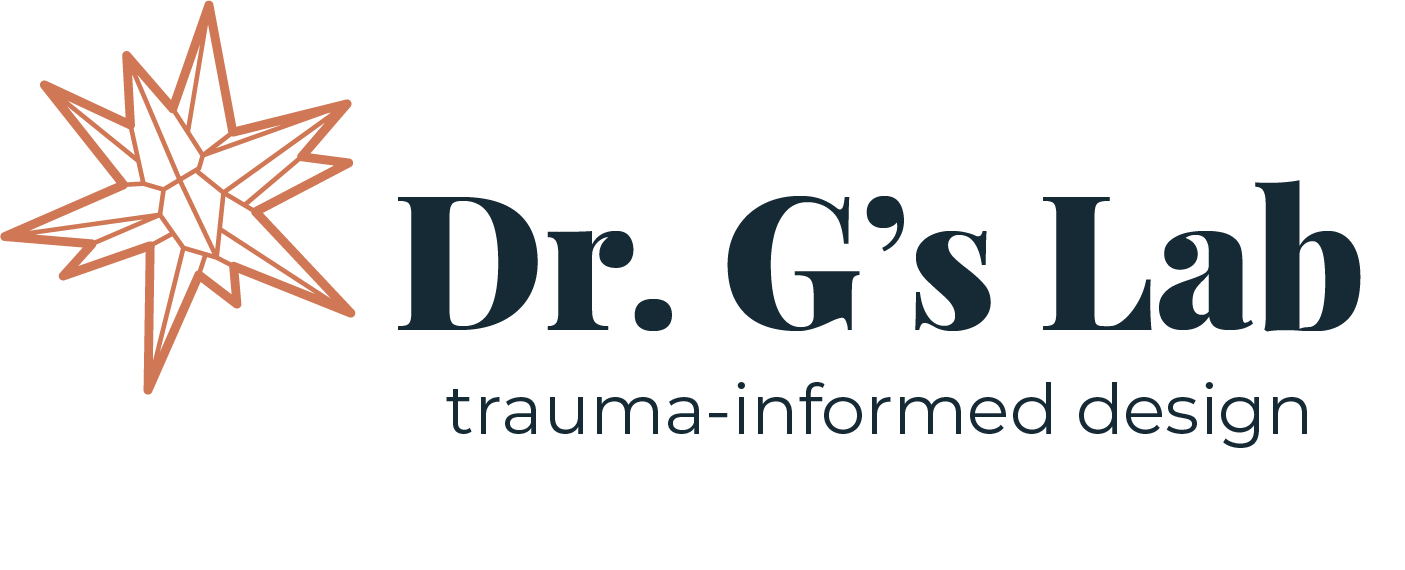Reflecting on 2024: Key Insights in Trauma-Informed Design and Planning for Impact in 2025
As 2024 comes to a close, it’s a perfect time to reflect on the lessons learned in trauma-informed design and how we can leverage these insights to make a meaningful impact in 2025.
Key Insights from 2024:
Prioritizing Safety and Trust
This year emphasized the importance of creating safe spaces for users. Many organizations successfully implemented strategies to foster trust through transparent communication and user involvement in the design process. These approaches have been instrumental in ensuring that users feel heard and valued.Understanding the User Experience
Engaging with users directly and understanding their experiences was pivotal in crafting trauma-informed solutions. Listening to user feedback not only guided design decisions but also highlighted the unique challenges faced by marginalized communities.Interdisciplinary Collaboration
Collaborating with mental health professionals, social workers, and community leaders proved essential. This interdisciplinary approach allowed for a more holistic understanding of trauma and its impact on users, leading to designs that are empathetic and effective.Emphasis on Accessibility
2024 saw a strong push towards making trauma-informed design accessible to all. Organizations that prioritized accessibility reported higher user satisfaction and engagement rates. It’s clear that inclusive design practices not only benefit individuals with disabilities but enhance the experience for all users.Data-Driven Design
Leveraging data to inform design decisions emerged as a best practice. Organizations that utilized analytics to understand user behavior and pain points were able to create more tailored and impactful solutions.
Planning for Impact in 2025:
As we look ahead, here are some strategies to consider for impactful trauma-informed design projects in 2025:
Set Clear Goals
Define what success looks like for your trauma-informed initiatives. Establish measurable goals that align with user needs and organizational objectives.Engage Your Community
Involve your users from the outset. Host workshops or focus groups to gather insights and ensure that your designs address their specific challenges.Invest in Training
Provide ongoing education and training for your team in trauma-informed care. This will foster a deeper understanding of the issues and help create a culture of empathy within your organization.Utilize Technology
Explore how technology can enhance trauma-informed practices. Whether through user-friendly interfaces or data collection tools, leverage tech to improve the user experience.Focus on Sustainability
Consider the long-term impacts of your design decisions. Aim to create solutions that are not only effective but also sustainable and adaptable to changing user needs.
As we close out 2024, let’s carry forward the lessons learned in trauma-informed design and commit to creating impactful projects that prioritize the well-being of our users. By reflecting on our experiences and setting clear intentions for the future, we can make a significant difference in the lives of those we serve. Here’s to a successful and impactful 2025!

